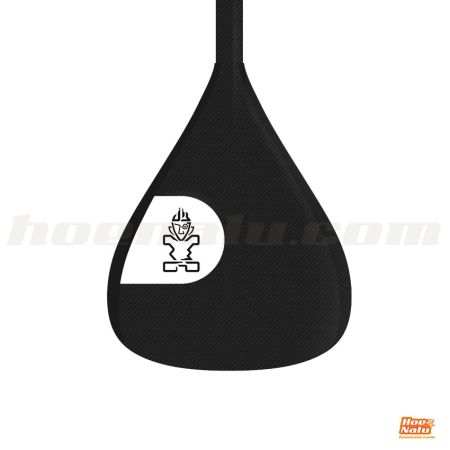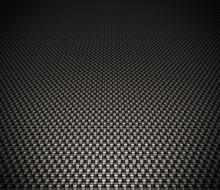Carbon
Carbon is made-up of several filaments, which are actually thin tubes with a 5-8 micrometers diameter. In turn, each filament is composed of the union of thousands of carbon fibers.
The atomic structure of the carbon fiber is similar to that of graphite, consisting of layers of carbon atoms arranged in a regular hexagonal pattern. The difference lies in the way these layers interweave.
Graphite is a crystalline material and as such, the layers are placed parallel to each other following a regular patten. The chemical unions between the layers are relatively weak, providing graphite with its signature softness and brilliance.
By contrast, carbon fiber is an amorphous material and its carbon atom layers are squeezed together tightly. This merges the layers, preventing any displacement between them and increasing its resistance exponentially.
The atomic structure of the carbon fiber is similar to that of graphite, consisting of layers of carbon atoms arranged in a regular hexagonal pattern. The difference lies in the way these layers interweave.
Graphite is a crystalline material and as such, the layers are placed parallel to each other following a regular patten. The chemical unions between the layers are relatively weak, providing graphite with its signature softness and brilliance.
By contrast, carbon fiber is an amorphous material and its carbon atom layers are squeezed together tightly. This merges the layers, preventing any displacement between them and increasing its resistance exponentially.
Specifications:
- High mechanic resistance, with an increased elasticity module.
- Low density in comparison with elements such as steel.
- High production price.
- Resistance to external agents.
- Exceptional thermal insulation capacity.
- Resistance to weather variations, retaining its shape only when using a thermoset material.
Latest products with this technology:

From:
€259.00

From:
€2369.00

From:
€2319.00

€2229.00

€1299.00

€1709.00

From:
€3399.00



